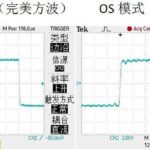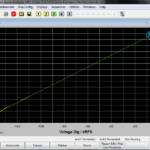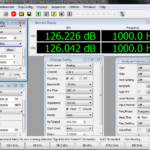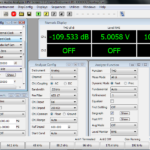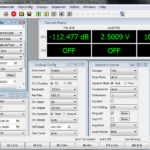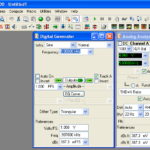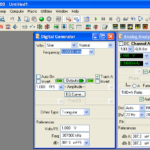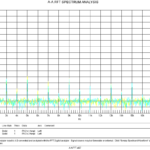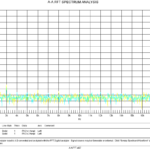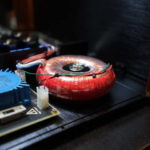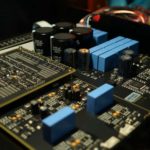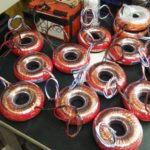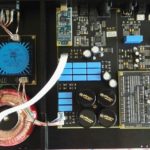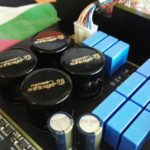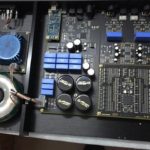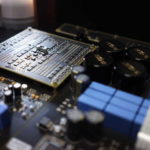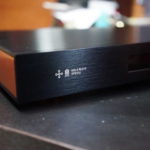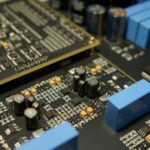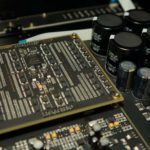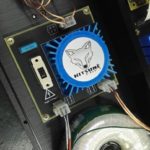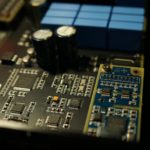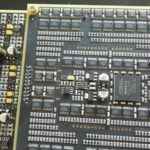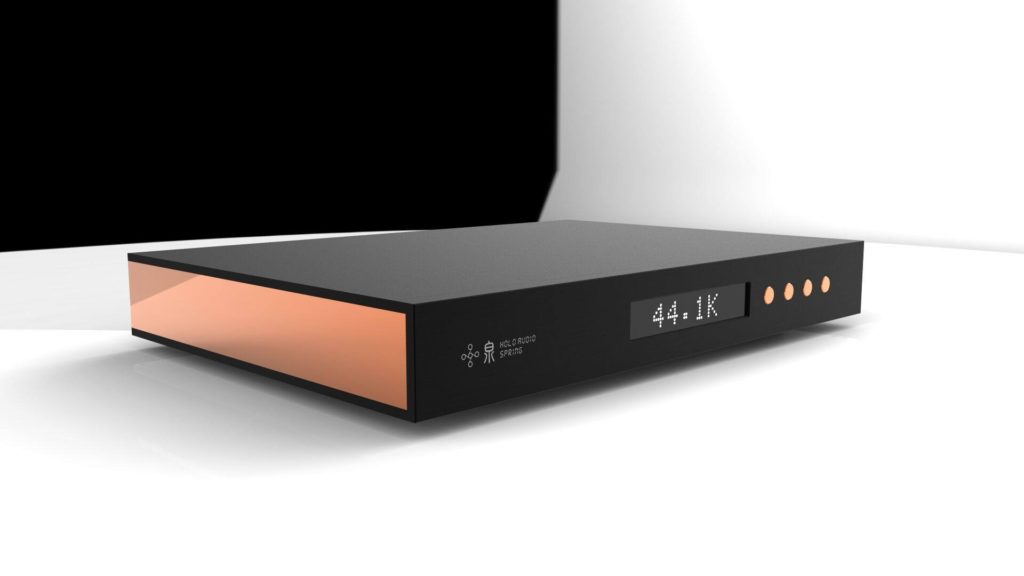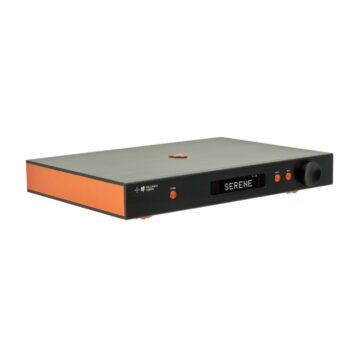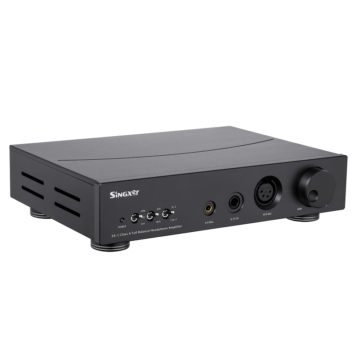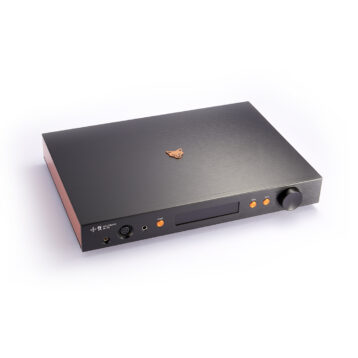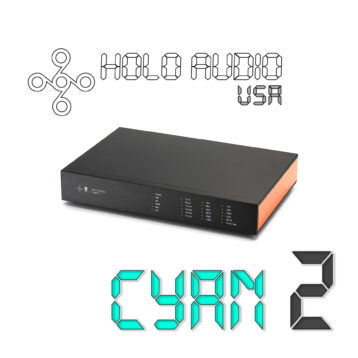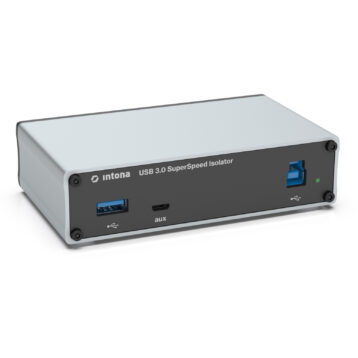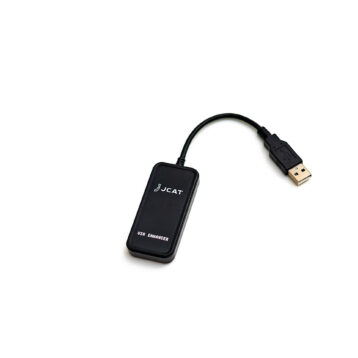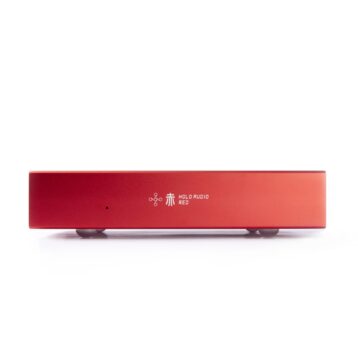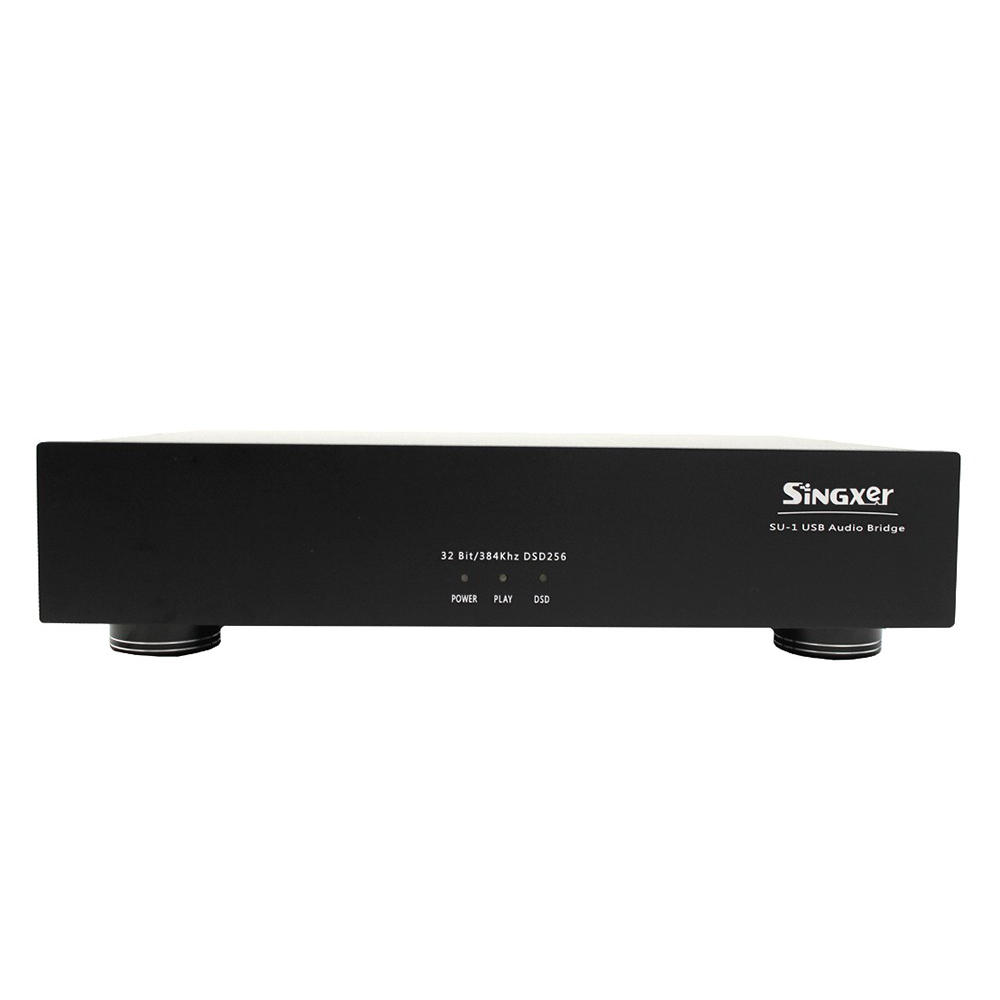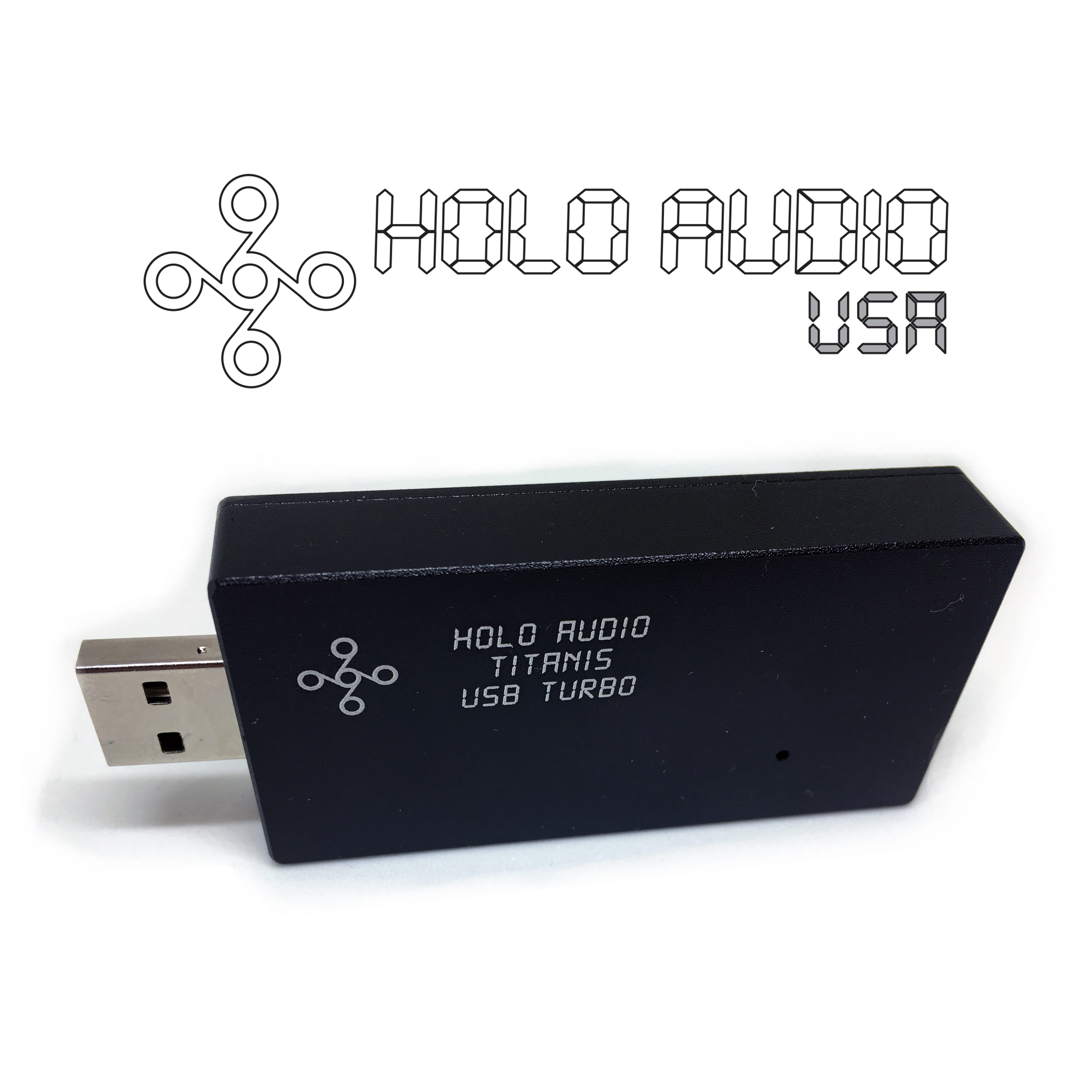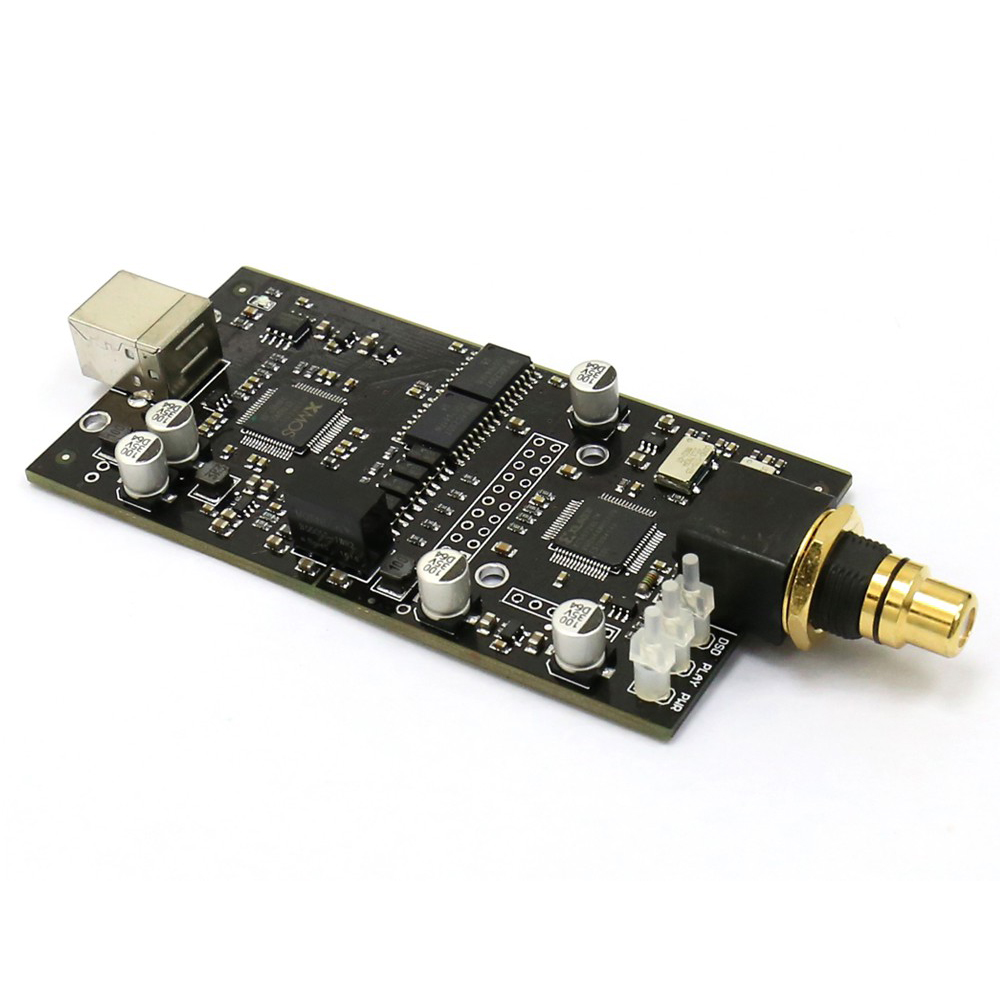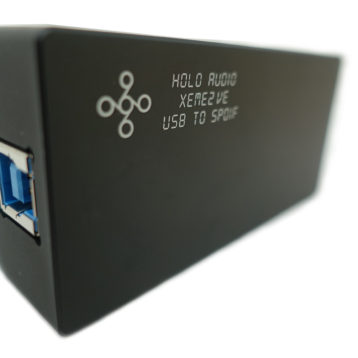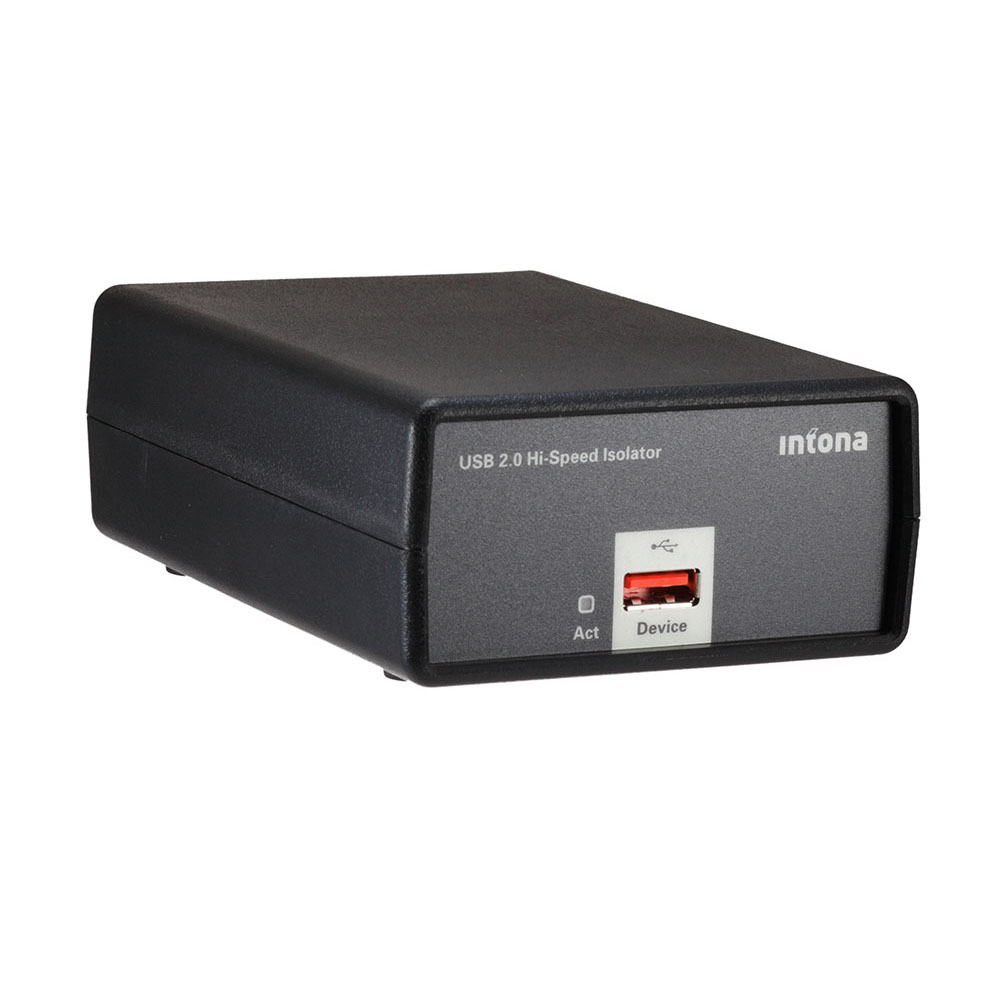
This is the “Level3” KitsuneTuned Spring Dac Above
[metaslider id=568]
This is the “Level2” Rise Ji Edition Spring Dac Above
Kitsune HiFi carefully chooses products that we want to offer to our customers and be unique and/or stand out from all these audio supply stores. We have recently been talked with a very talented engineer that is the brains behind Holo Audio. Jeff Zhu is the man behind the curtain and has impressed us with his knowledge and his newest line of products he offers. The Spring DAC is his newest product and is capable of DSD native on an R2R DAC! This spring is capable of DSD512 native and actually running on his bespoke discrete ladder DAC! This unique DAC is not your run of the mill DAC, it’s full of unique and well thought out designs and implementations. Patented R2R technology. This is the first discrete DAC that has linear compensation and this allows for ultimate music reproduction accuracy. Dual R2R network for PCM, and Dual R2R network for DSD! We will be offering the first Spring DAC’s in the USA and the Level 3/Kitsune Tuned edition is Exclusive to us. We won’t stock more than a few at a time, and the wait time is usually a few weeks.
You may be asking… well what is so special about this DAC? The first Discrete R2R dac with Linear compensation…what is this?
There’s an additional R2R ladder in the Spring, it compensates the main R2R ladder. It works like trimming, but trimming is to change the resistor value. This additional R2R ladder is digitally controlled and will accurately compensate the resistor tolerance. For example, the msb of 16 bits should have the value of 32768, but due to tolerance, it represents 32700 in real world results. Then that additional R2R ladder will compensate 68 into it. Thus it now becomes 32700+68=32768. What this means is that it’s likely the most precise Discrete dac on the market with near flawless linearity, lowest THD and highest SNR of any NOS Dac. The sound is simply something you must experience to fully realize how special this dac is. It’s a patented technology exclusive to HoloAudio.
Here at Kitsune, we have three versions of the Spring DAC. Other places ONLY offer two models. Below are the three models:
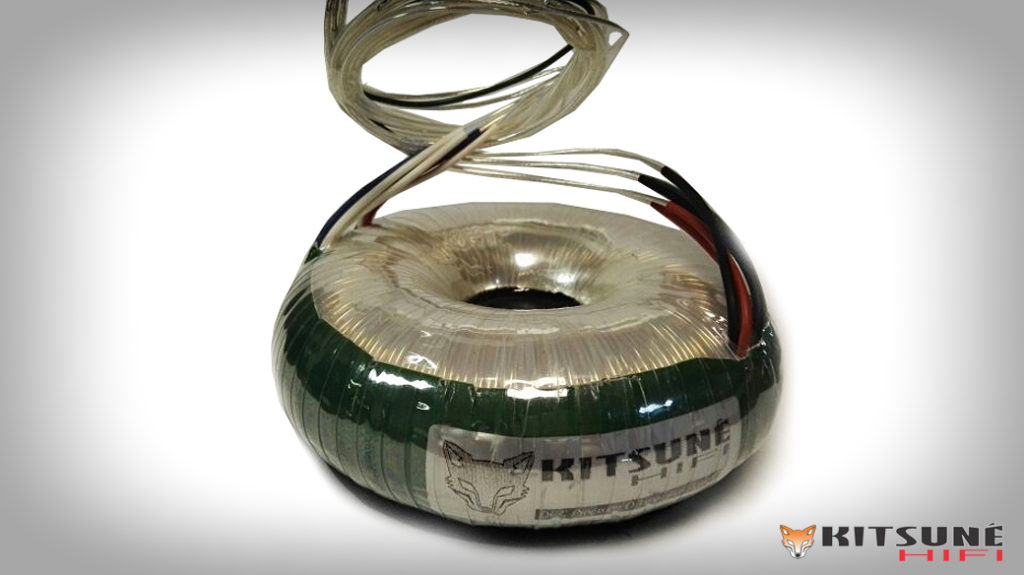
Spring’s input and output interface:
- Digital input interface includes
- USB (ground isolation)
- RCA coaxial
- BNC coaxial
- AES
- optical fiber
- I2S (HDMI)
- All digital input interface supports DSD (DOP mode).
- Analog Output interface: single-ended, balanced.
A little note from Jeff:
Many have asked about how does a discrete resistor network accurately reproduce sound. This email is a good read for those who want a technical explanation on how Jeff was capable of achieving flawless linearity and ultra good specs on THD. This was a reply to a customer who had a technical question about resistors and their limitations.
“About the resistor tolerance, his word is partly right, but not accurate. The MSB of 16bits value only represent 32768, not 65536, all 16bits is 65535, but the MSB is only 32768. There are techniques to reduce this requirement. For example, segment+R2R, using segment into the first few bits, then r2r for the rest of them. Rockna is segment+R2R, TotalDAC is all R2R. And you can see, Rockna’s THD spec. is much better than Total. Total uses foil resistor, but they used the simplest architecture. That results an unsatisfied test performance. To my opinion, it’s some kind of wasting foil resistors. Soekris also uses segment+R2R. MSB’s old model is all R2R, but I don’t know about their new models.
Anyway, There are ways to improve the performance, the segment+R2R is one way. Trimming is another way. There is an additional R2R ladder in Spring, it compensate the main R2R ladder. It works like trimming, but trimming is to change the resistor value. This additional R2R ladder are digital controlled and is to compensate the resistor tolerance. For example, the msb of 16 bits should have the value of 32768, but due to tolerance, it represent 32700 in real world. Then that additional R2R ladder will compensate 68 into it. Then it became 32700+68=32768.
Actually there are other ways to improve performance, I just told you two stories. There are more stories behind the design. It is really hard. I must count every via holes in layout, every PCB wire has it’s impedance and must put attention on it. A via hole can be 50 m Ohm, it is 1/20000 of 1K ohm, and you see, it covers 32768 which is the msb of 16bits. Also the switches has self-impedance which is about several ohms to 30 ohms. If you find this issue. Maybe you will go crazy, it seems to be an impossible mission. But a good designer will overcome all these problems. It’s our value at HOLO Audio.
All the resistor tolerance, switch impedance, line impedance, via hole impedance, finally reflect as linearity. There is a chart that shows Spring’s linearity, it’s excellent. But I suggest you to look at THD performance. Bad linearity must result a bad THD performance. But good linearity doesn’t mean there will be good THD performance. THD is dynamic performance, more critical than linearity which is a static performance.
If you look at the THD performance, you will find Spring to maybe the best among those competitors. I’m applying a patent which contribute a lot of that performance. But I can’t tell you how. It’s confidential now.
Best Regards
Jeff Zhu”
And another note on Linear Compensation. as Some have asked what happens when the Resistors values change over time? Jeff responds:
No matter it is a digital switch or analog switch, they are built by transistors, can be either bjt, mosfet or jfet. They have self-impedance call Ron(impedance when at on state). If we expect a lower Ron, the a bigger transistor is needed. But bigger transistor has bigger self-capacitance that will cause switching speed to be lower. So there is no perfect components in the real world.
About long term drift, the modern resistor technology has made it much better than older process. But the most important thing is, we don’t care absolute drift, we only care relative drift. That means, if all resistors are drifted in the same direction and same speed. Then it will be no impact for this application. So, we make sure to use the same batch of components in a single board. That will minimize the problem causing by long term drift.
As I mentioned in the earlier email. Spring is not using trimming, but using compensation. Not matter it is trimming or compensation, their goal is same, to make the resistance much more accurate so the linearity and distortion can be improved a lot.
Best Regards
Jeff Zhu
Also, another customer asking about the oversampling, Jeff replied and has some good information to those who are curious.
The oversampling is done by AK4137, ‘OS PCM’ converts the input stream to PCM no matter it is PCM or DSD, then send to DAC. ‘OS DSD’ converts the input stream to DSD no matter is is PCM or DSD, then send to DAC. ‘OS’ over-samples the input stream. If it is DSD input, it over-sample to DSD256. If it is PCM input, it over-samples to PCM384K or 352.8K ‘NOS’ does no oversampling. send the input stream directly to DAC module.About DSD ‘native’, it is the way the USB transfer the stream. You know DOP, which is DSD Over PCM. DOP put the DSD into a PCM stream. At the receiver end, it just unpack the PCM stream and get the DSD back. DOP does NOT change any bit of DSD stream, just sending it with the package. So it waste some data rate. At the same data rate, DOP is 1/2 of DSD native, the other 1/2 is the package. So DOP and DSD native are all bit perfect. The DSD stream sending to DAC is all the same.So, now you should know, DSD native is just about the way it transfers the stream. Not describing the way it does digital to analog conversion. At the DAC stage, the DSD stream can convert to PCM then do the final digital to analog conversion. Actually, most DAC chips do this inside the chip. One point needs to be remembered, DSD streams can’t do volume attenuation. If this chip can do digital volume control under DSD mode, then is must converted to PCM already.Let’s go back to Spring. If Spring works in ‘NOS’ mode. There is no
oversampling, no conversion, just the original data doing the final digital
to analog conversion. I will not explain how it does PCM conversion, you
should already know quite well about it. There is a lot of resistor ladder
DAC, they are born to do this. I just explain how Spring can do ‘discrete
DSD conversion’. Actually it is like DCS and CHORD. If you looking to DCS
and CHORD’s PCB, you will find ‘discrete DSD conversion’ is also using
switches and precision resistors, like resistor ladder DACs. So, no matter
it is ‘discrete DSD conversion’ or ‘discrete PCM conversion’, they all use
the same discrete devices. Just work in different architecture. That makes
possible to combine these two modes in one device.Best Regards
Jeff Zhu
Measurements –
Please take a closer look by clicking on the image to open in new window. Take note of the Linearity of this dac. And also take note of the THD level’s being ultra low along with the Signal to Noise Ratio being better than average in general, but remember this is a NOS Dac so it’s actually extremely good and definitely one of the best NOS dac on the market today!
[metaslider id=514]
Here are some more photos that also explain some details
[metaslider id=515]
This photo shows squarewave NOS vs. Oversampling.
